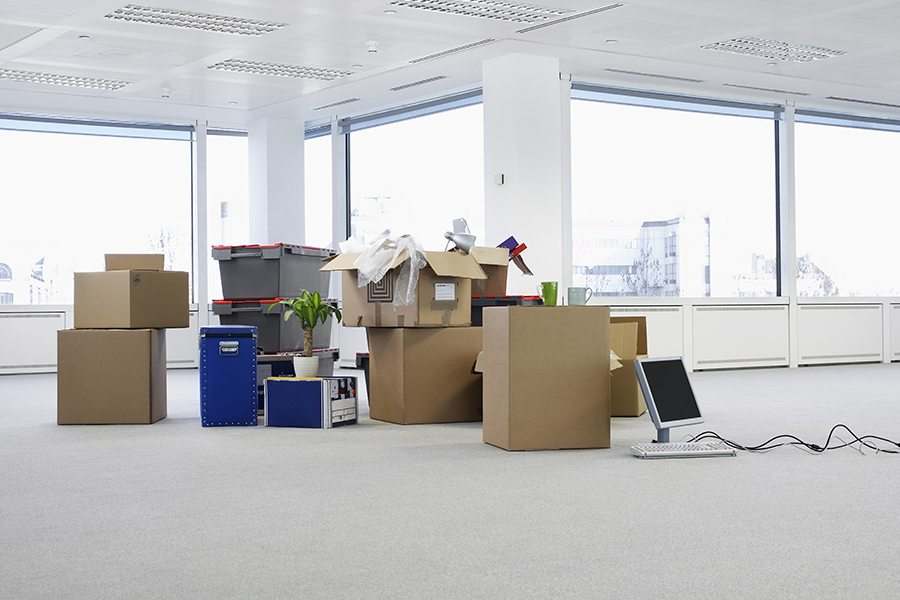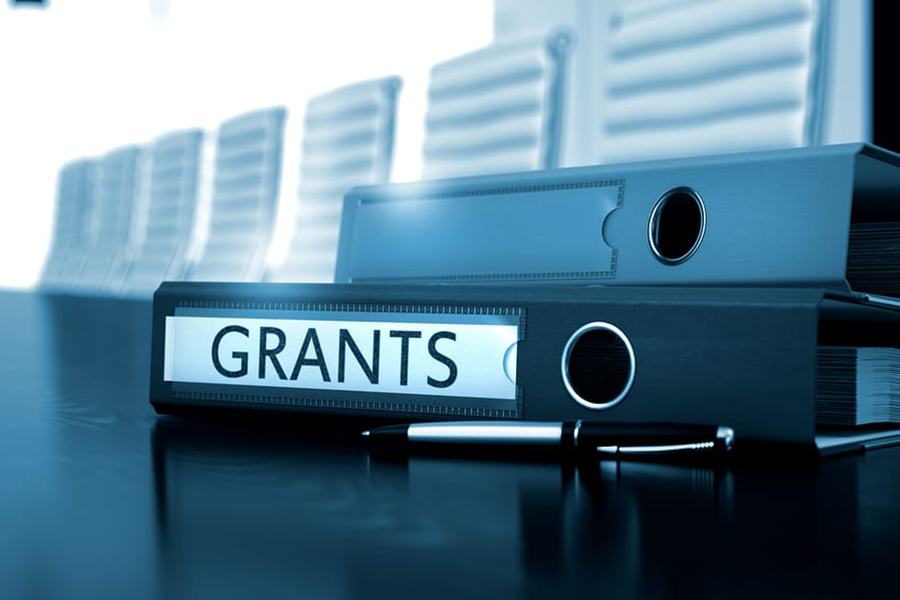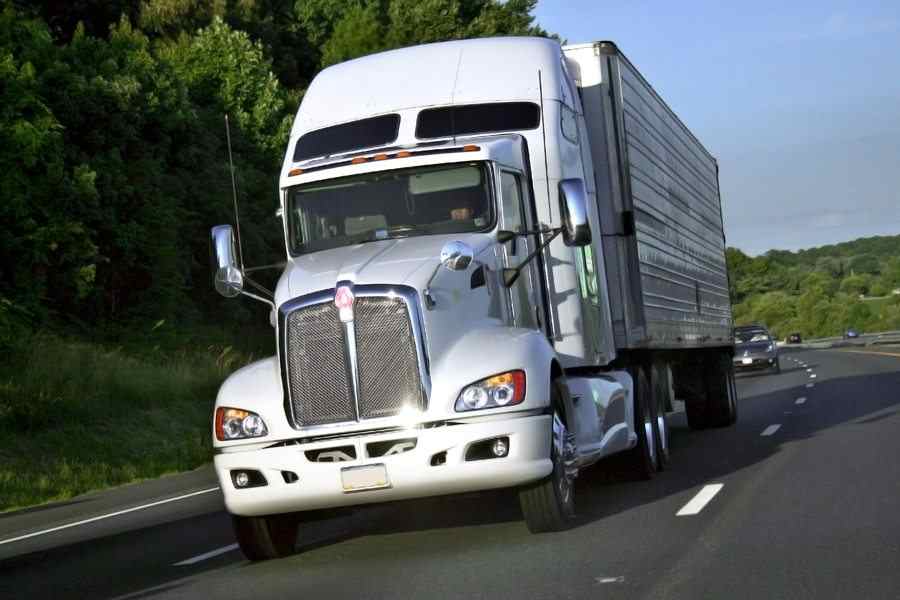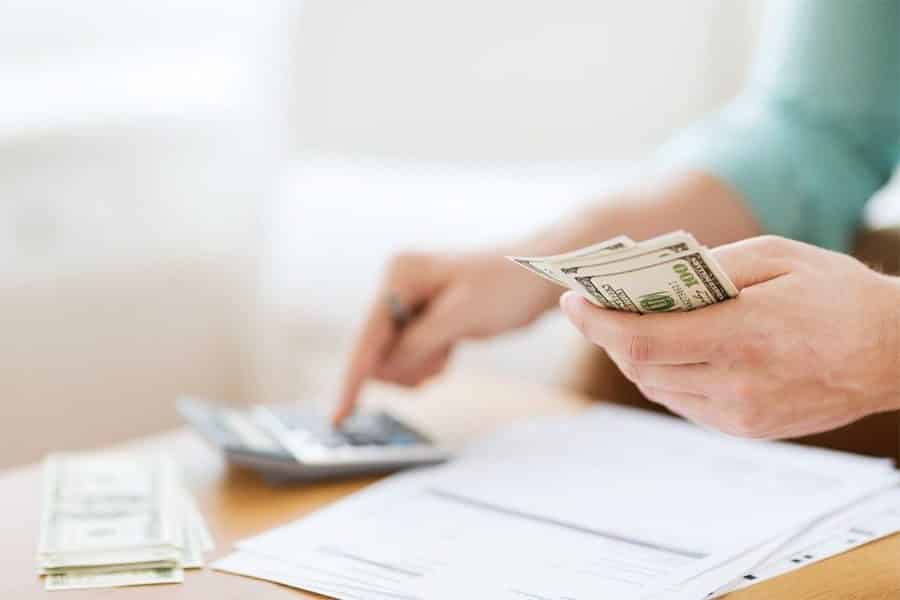
You can use our calculator above to determine the costs associated with an equipment lease, such as the monthly payments, buyout cost, and residual value. It’s also designed to provide figures for various types of lease types, including a $1 buyout, 10% buyout, and fair market value (FMV) lease.
If you’re considering an equipment lease, we recommend working with a lender like Smarter Finance USA. It has no minimum requirements for credit score, time in business, or revenue and can provide competitive rates and a high level of personalized service.
To calculate your equipment lease payment, you’ll need to provide the following figures for our calculator.
Type of Lease
You can use our calculator to determine the costs associated with the following three types of equipment leases:
- FMV: This lease allows you to purchase the equipment for its FMV at the end of the lease term.
- 10% buyout: This is similar to an FMV lease, but instead allows you to purchase equipment at the end of the lease for 10% of its value.
- $1 buyout: As the name suggests, a $1 buyout lease allows you to purchase equipment at the end of the lease for $1.
For more details on each of these lease types, head over to our equipment leasing guide for small business owners.
Price of Equipment
The figure entered here should be the value of the equipment you are getting. In some cases, the leasing company you work with may provide the option to include other administrative costs with the total equipment price, something that can impact your monthly lease payments.
Down Payment
This is the dollar amount you’ll be using towards the equipment lease. Some companies may require a minimum down payment percentage that’s based on the price of the equipment being leased. For example, a 10% down payment on equipment valued at $100,000 would equate to a $10,000 down payment.
Life of Equipment (In Years)
This is the expected useful lifespan of the equipment being obtained. This is often determined by the type of equipment being leased, the industry you operate in, and the manufacturer’s own estimates and specifications.
Interest Rate
This is the interest rate you will be charged for the lease. Rates are often determined by the type of equipment you are leasing and your own qualifications. Common qualification requirements include your credit score, time in business, and the strength of your finances.
Length of lease (number of months)
This is the length of time you will be making payments and also the time you’ll be allowed to retain possession and use of the equipment. At the end of this period, you’ll be expected to return the equipment to the leasing company or manufacturer. However, some leases provide the option to renew, extend, or purchase the equipment.
Equipment Lease Calculator Outputs
After entering the required items into our calculator, you’ll be given several figures detailing the cost of your lease. These are listed below.
Residual Value
This is how much the equipment will be worth at the end of the lease term. This figure can be determined by the specific type of equipment, information provided by the manufacturer, or guidelines set forth by the leasing company. Equipment with a long expected lifespan will generally have a higher residual value.
Monthly Lease Payments
This is the amount you’ll be obligated to pay for the equipment each month. It’s determined by a combination of the equipment price, your down payment, and the lease term, type, and interest rate. Missing lease payments could result in the manufacturer or leasing company taking possession of the equipment, so it’s important you ensure you can afford these payments.
Total Cost of Lease
This is the total amount you’ll spend on payments for the duration of your lease. This can be calculated by taking your monthly payments and multiplying it by the length of your lease in months.
Total Cost of Buyout
This references the total expense you will have incurred if you decide to purchase the equipment at the end of the lease. This figure is calculated by taking the sum of the monthly lease payments and the residual value of the equipment.
Equipment Lease Example
Lease costs can vary greatly depending on the type and terms of the lease you choose. The example we’ve used below illustrates how a difference in just the type of lease can impact a wide range of costs.
The example below assumes the following scenario:
- Equipment price: $50,000
- Down payment: $10,000
- Life of equipment: 15 years
- Interest rate: 8%
- Lease term: 48 months
As you see in this example, FMV offers the lowest monthly payment and the lowest total cost of the lease. However, if you decide to purchase the equipment, it has the highest buyout cost. The highest monthly payments belong to the $1 buyout lease—but its total cost of buyout is the lowest.
Equipment Lease Considerations
Before you get an equipment lease, ensure it’s the best choice for your business. As shown in our example above, different lease types can result in varying costs. Finally, consider the strength of your qualifications, as it can impact your likelihood of getting approved and the rates and terms you get.
Equipment leasing providers use many of the same qualification criteria for loans. Some examples include a review of your credit score, time in business, and business revenue.
Read our guide on how to get a small business loan for recommendations on how you can improve your chances of getting approved at the most competitive rates and terms.
Frequently Asked Questions (FAQs)
Three common types of leases include the fair market value (FMV) lease, a 10% option lease, and a $1 buyout lease. Other less common options include terminal rental adjustment clause (TRAC) and 10% purchase upon termination (PUT) leases.
In general, it may be better to lease if you need to upgrade equipment frequently, don’t have a large down payment, or want smaller monthly debt payments. Buying equipment may be better if you plan on utilizing it for a long period and want to minimize the total cost of ownership. For more information, check out our comparison of loans vs leases.
Equipment leases are available from many banks, credit unions, online lenders, and business loan brokers. If you’re unsure where to start, check out our guide to the best equipment leasing companies.
Bottom Line
Equipment leases are a great way to obtain new or used heavy equipment at a cheaper monthly cost than an equipment loan. However, before deciding to lease equipment, calculate the costs involved to ensure it fits into your short- and long-term budgets. Additionally, consider whether you intend to purchase the equipment at the end of the loan or if you’ll return it. Those factors will help you decide whether to lease or buy and what type of lease fits your needs.





